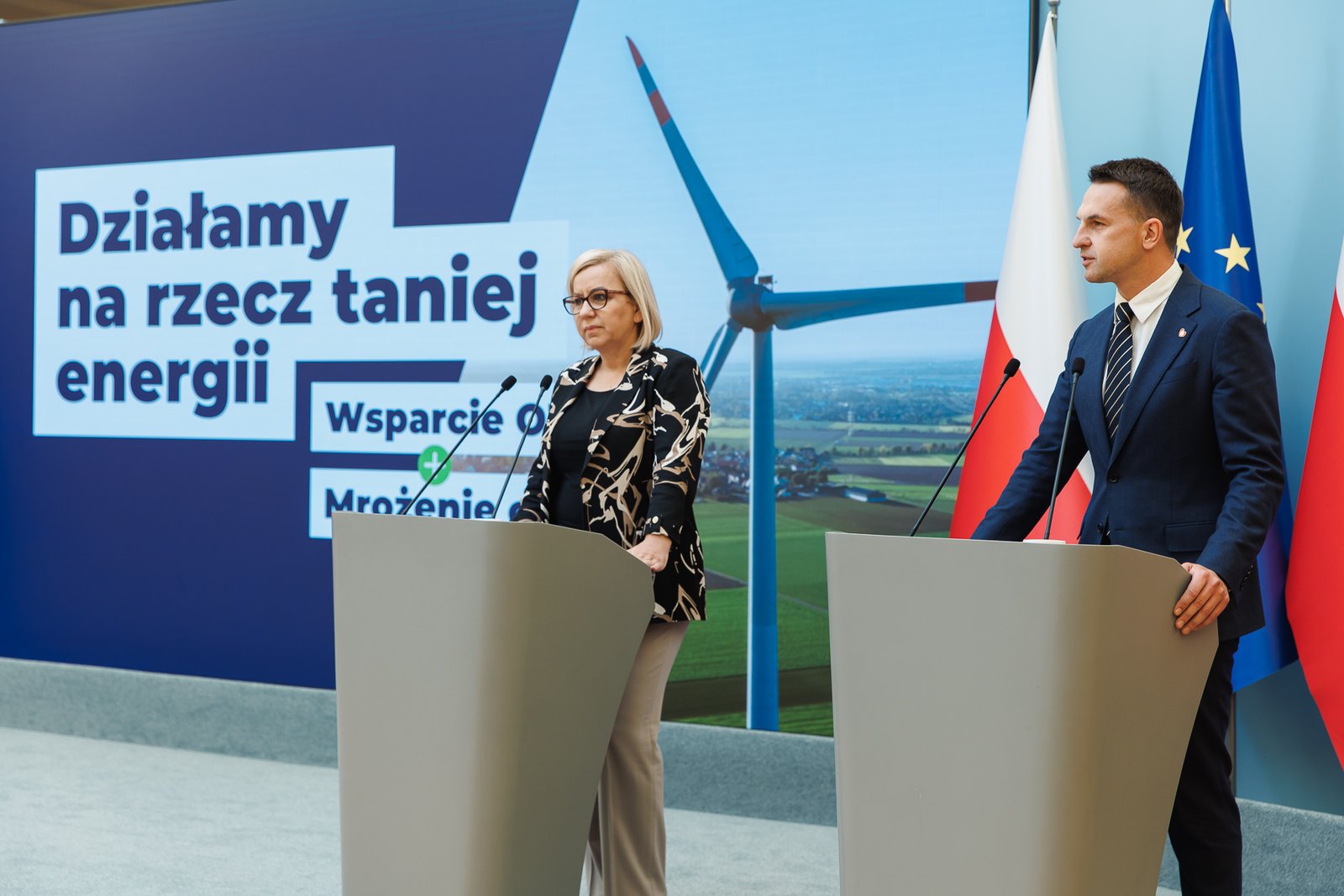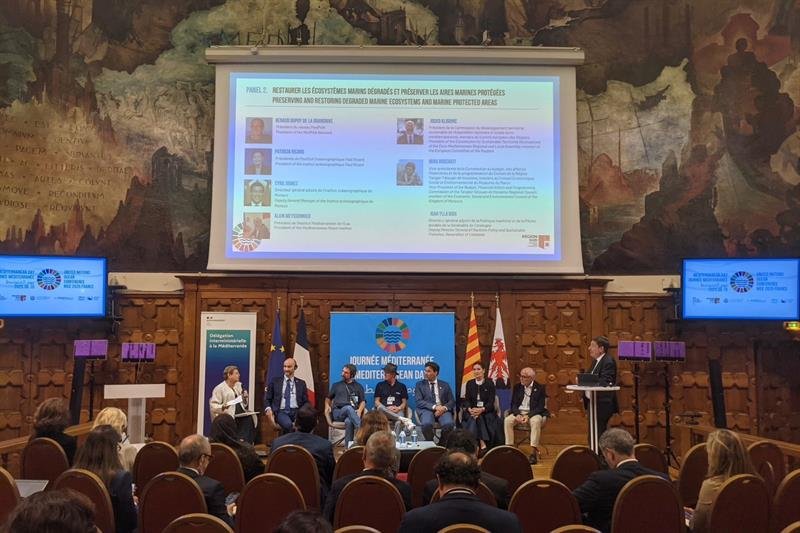The Polish parliament has passed a new bill that simplifies the construction of wind turbines by reducing the minimum distance required from residential buildings from 700 meters to 500 meters. This significant change aims to accelerate the development of wind energy in Poland, which currently relies heavily on fossil fuels.
The Sejm, Poland’s lower house of parliament, voted on the bill with 231 members supporting it and 193 opposing. The ruling coalition, led by Prime Minister Donald Tusk, which includes a spectrum of political parties from left to center-right, backed the legislation. Opposition came primarily from the national-conservative Law and Justice (PiS) party and the far-right Confederation.
In addition to easing wind turbine regulations, the bill also extends the freeze on electricity prices for households until December 31, 2025. This freeze, originally set to expire in September, keeps prices capped at 500 zloty (€118) per megawatt hour (MWh). Without this cap, households would face increased costs of 623 zloty/MWh based on current tariffs set by the energy regulator. The price freeze was initially implemented by the former PiS government in response to the energy crisis following Russia’s invasion of Ukraine.
Critics, including President Andrzej Duda, argue that linking the electricity price freeze to the wind turbine legislation is a strategic move to pressure him into signing the bill. Duda, known for his opposition to onshore wind farms, stated that they disrupt landscapes and harm residents’ quality of life.
The legislation includes provisions to protect natural habitats, establishing a 1,500-meter buffer around national parks and a 500-meter buffer from sites designated under the EU’s Natura 2000 conservation scheme. Moreover, it mandates compensation for residents living within a kilometer of the wind turbines, requiring electricity producers to contribute 20,000 zloty (€4,700) annually for each megawatt of installed wind capacity.
The government argues that these measures will help Poland double its wind energy capacity by 2030 and reduce electricity costs overall. In 2024, onshore wind energy accounted for 14.9% of Poland’s electricity generation, with renewables collectively contributing 29% of the total energy mix.
Poland’s previous regulations, particularly the 2016 ’10H rule’ that mandated turbines be placed at least ten times their height from buildings, had severely limited onshore wind development. The ruling coalition’s current approach seeks to revitalize this sector, aiming for a more robust clean energy framework as coal still comprises 57% of the country’s electricity production, the highest percentage in the EU.
Despite the passage of this bill, the government has yet to enact any substantial legislation to further promote renewable energy or meet EU energy strategy deadlines. Critics cite the urgent need for Poland to diversify its energy sources, especially as coal reserves dwindle and the country faces potential electricity shortages in the near future.
The new wind turbine legislation now moves to the Senate, where the ruling coalition holds the majority. Following Senate approval, the bill will be sent to the president for final approval, where he can either sign it into law, veto it, or refer it to the constitutional court for review. As the legislative process unfolds, it remains to be seen how these changes will impact Poland’s energy landscape and its transition to renewable energy.




